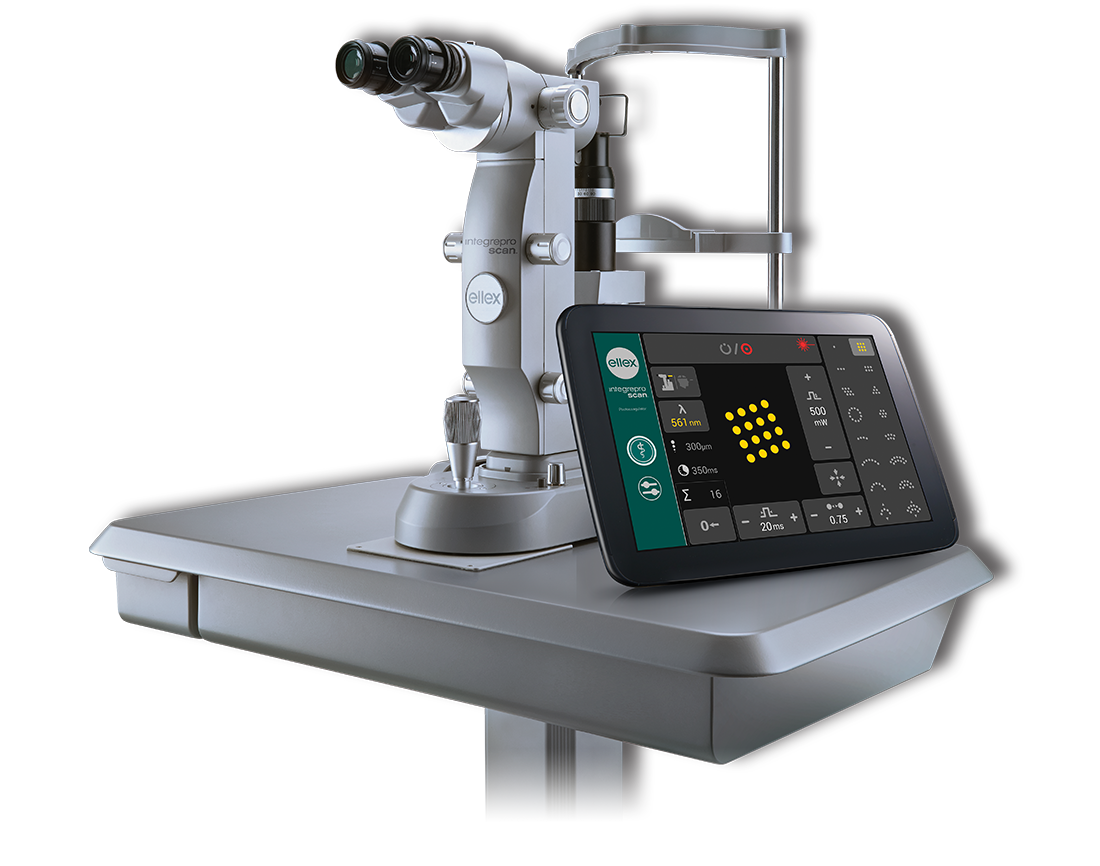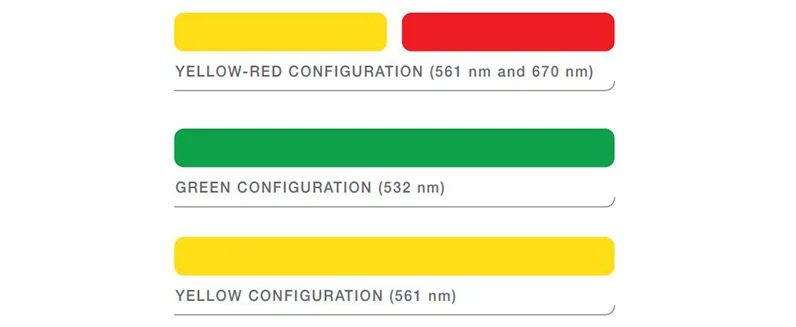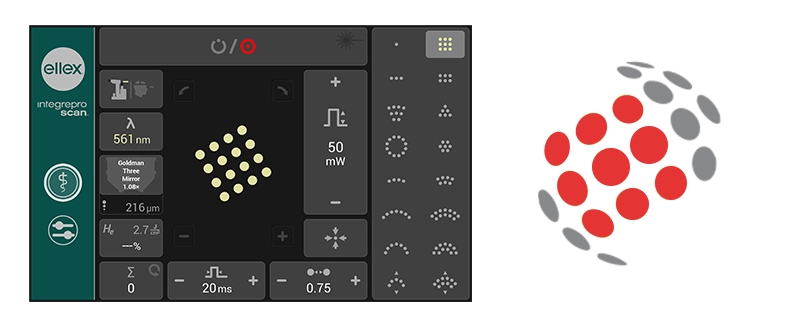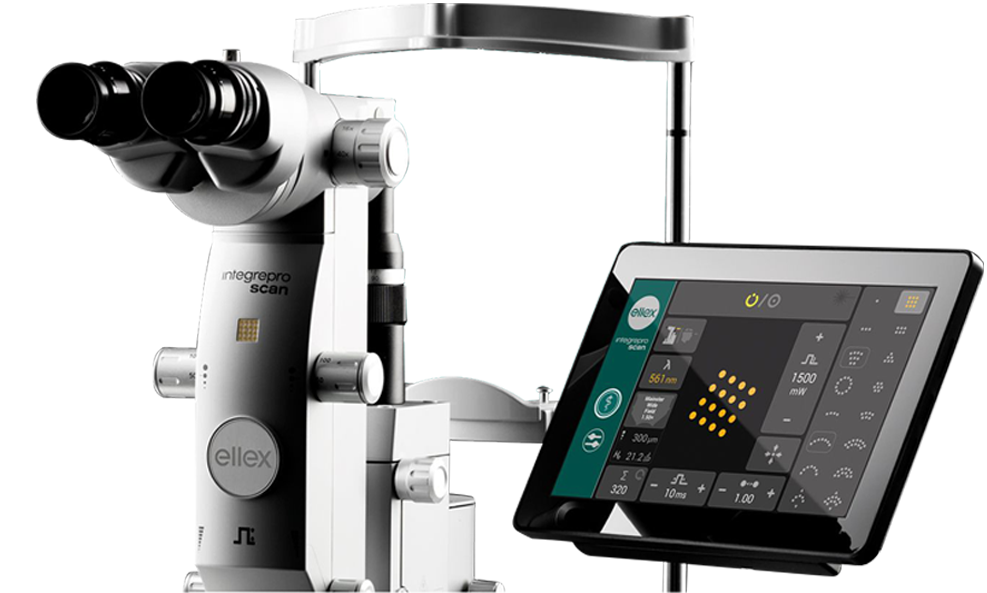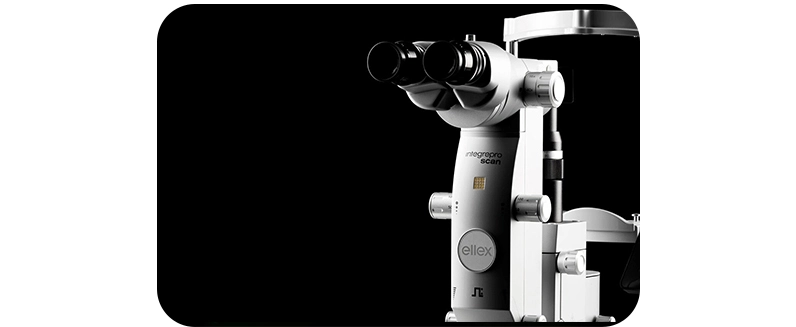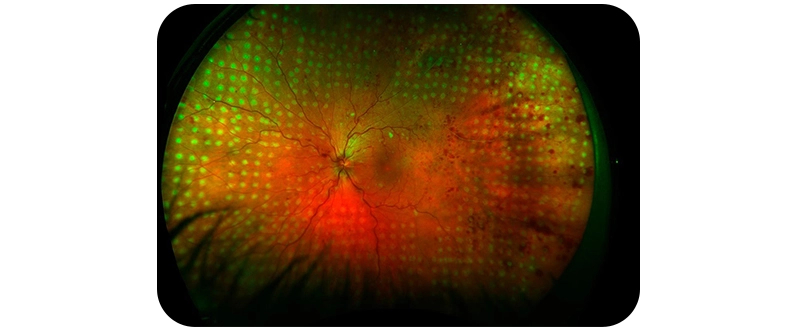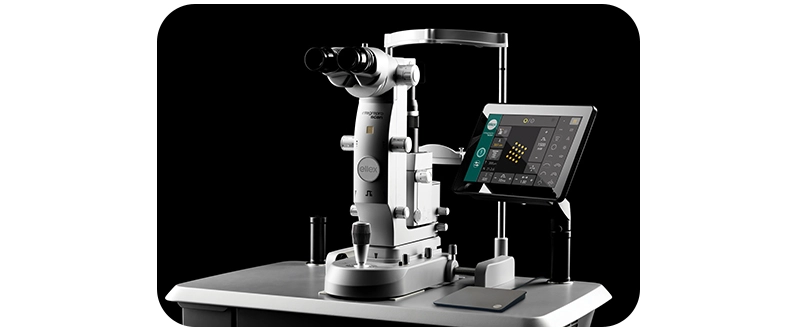
TRANSFORMING RETINAL PHOTOCOAGULATION — EFFECTIVELY, EFFICIENTLY
Ergonomic and easy to use, INTEGRE® Pro laser family includes an extensive range of fully integrated systems, offering a wide array of parameters, tailored to the treatment of retinal pathologies:
- INTEGRE® PRO laser combines multi-wavelength photocoagulation with single spot technology
- INTEGRE® PRO SCAN laser combines multi-wavelength photocoagulation with a precise computer-controlled pattern scanning laser
Key Features
- Ergonomic all-in-one solution
- Multi-wavelength photocoagulation
- SingleSpot mode for conventional thermal retina treatments (INTEGRE® PRO)
- Multispot Pattern Scanning mode for peripheral treatments are better tolerated by patients (INTEGRE® PRO SCAN)

